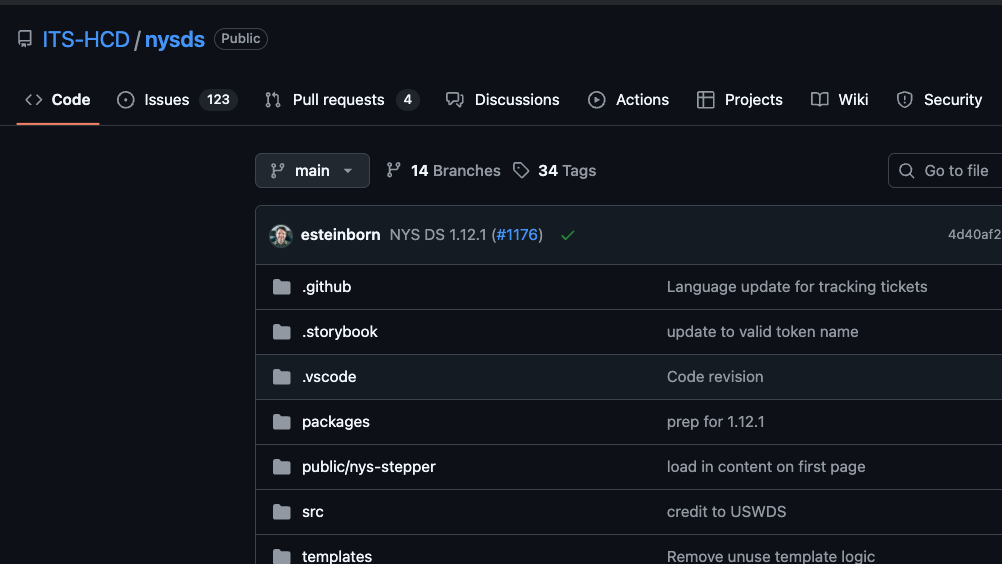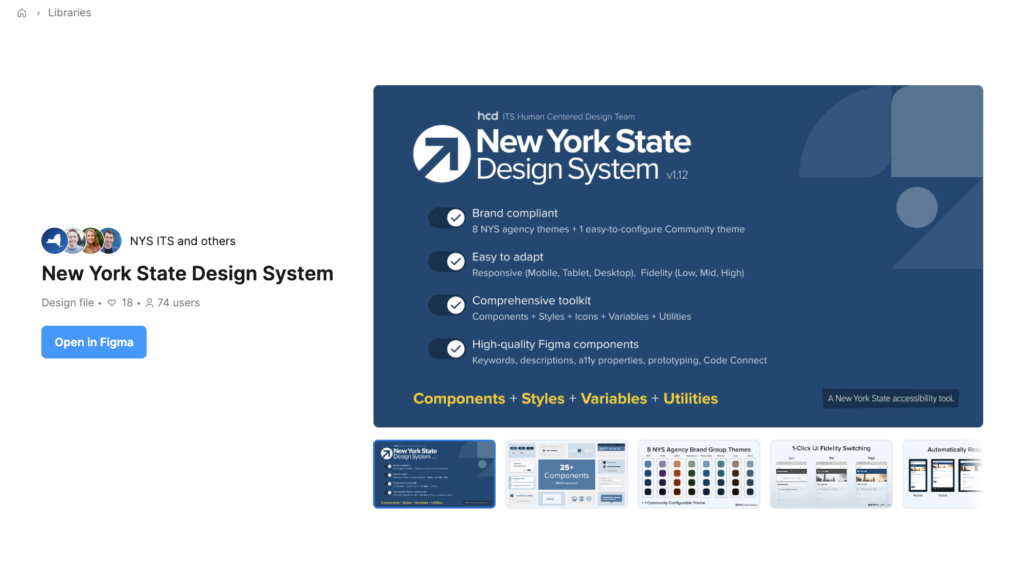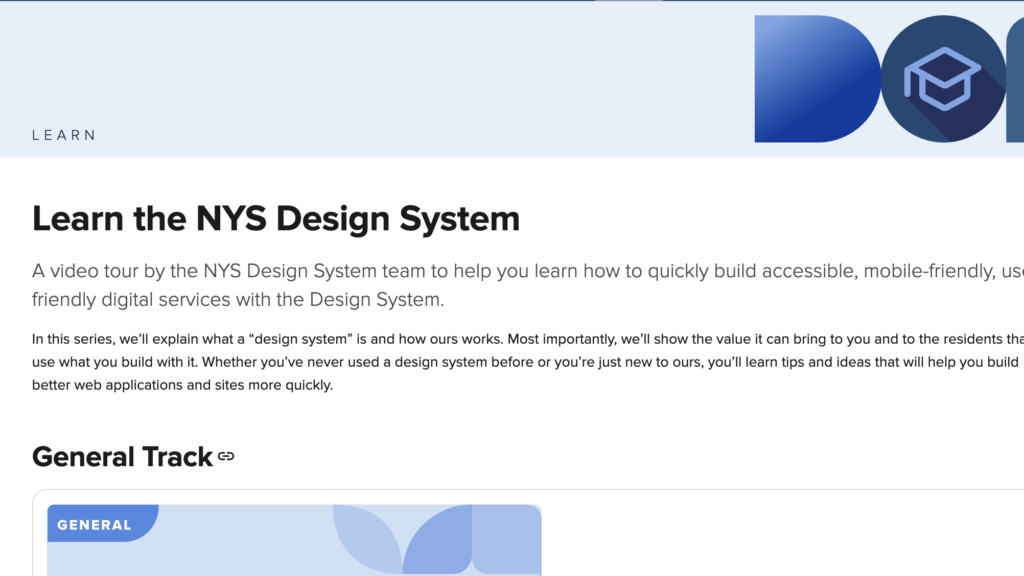BenCon 2023: Lighting the Path for Equitable and Ethical Public Benefits Technology
The article discusses key takeaways from BenCon 2023, highlighting the importance of creating equitable and ethical public benefits technology. It emphasizes the need for tech solutions that address systemic inequalities, ensure accessibility, and promote inclusivity for underserved communities in accessing public services.
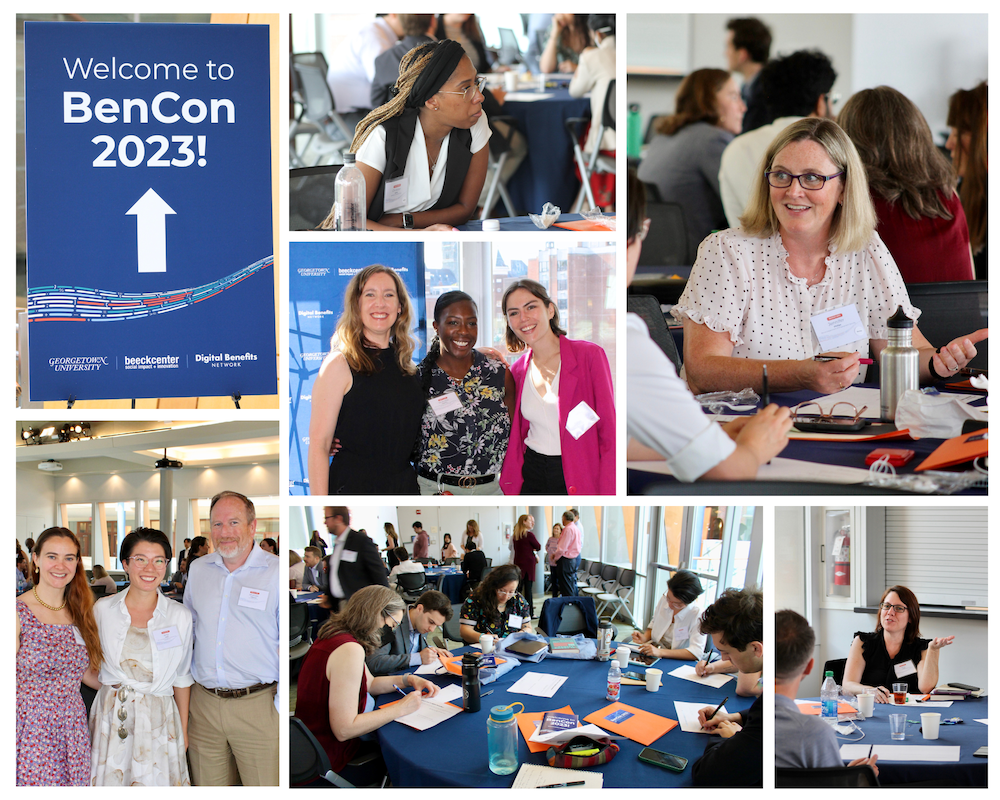
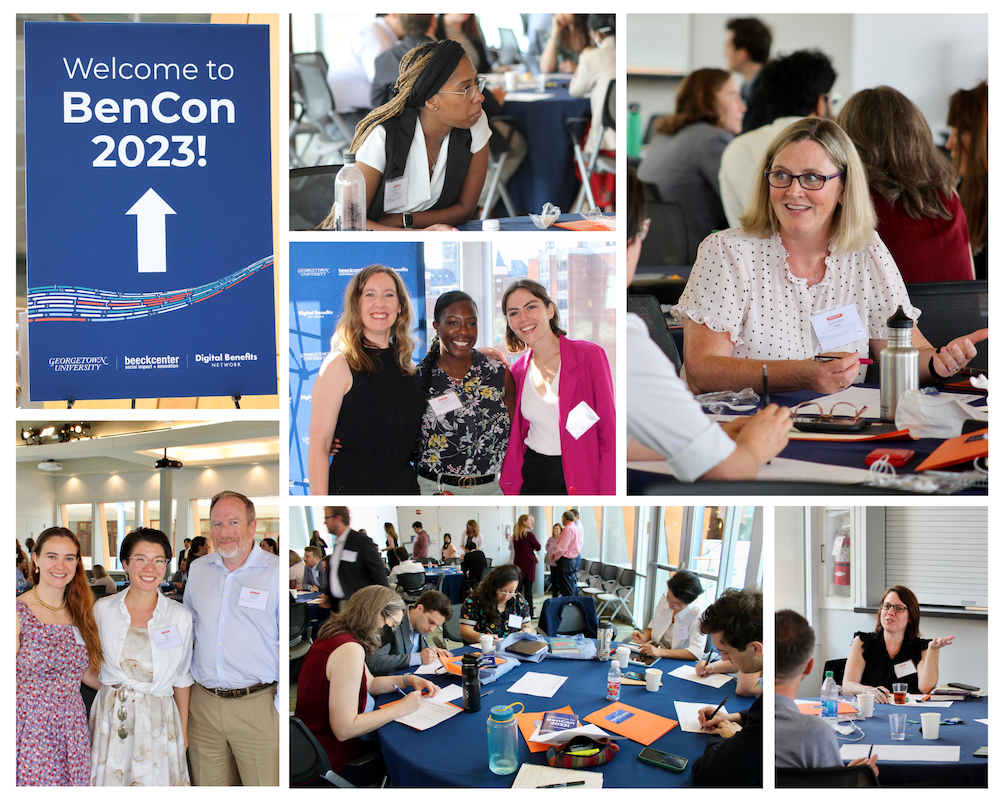
More than 120 practitioners from 70 organizations gathered in Washington, D.C. on June 13-14, 2023 to collaborate on the future of public benefits delivery at the Digital Benefits Conference (BenCon), the first-annual convening of the Digital Benefits Network (DBN) at the Beeck Center for Social Impact + Innovation at Georgetown University.
The DBN believes that accessing public benefits and services can be effective, equitable, and easy if the right people, tools, and processes are in place. In this first-of-its-kind gathering, leading practitioners from various levels of government, nonprofits, academia, and industry came together to explore current and emerging research on topics including digital identity, rules as code, automation, centering beneficiaries and workers, and digital service delivery, define goal posts for digital benefits delivery, and collaboratively build tools for the ecosystem.
This was a critical moment to gather to support the remote access and delivery of services. In recent years, we saw historic federal investment and support for equitably transforming the delivery of public benefits, but processes continue to be burdensome and outdated technologies prevent eligible people from receiving and maintaining their benefits. Systemic issues have caused millions to lose their benefits, have funds stolen, or wait in backlogs.
“It was the most energizing experience I have had in state government. It was truly an exceptionally organized and executed two days and I was humbled to be in such dynamic company.”
– State Government Agency Leader
Day 1: Deep Dives
After a warm welcome and introductions led by DBN Community Manager Shanelle Roberson, the DBN presented updates about the team’s ongoing research on rules as code and digital identity in public benefits.
Research Currents: Rule as Code and Digital Identity
In her presentation, DBN Fellow Ariel Kennan outlined how a rules as code approach — a practice in which official rules (like laws and regulations) are published and shared in a computer-readable format — could improve transparency, accuracy, and efficiency in public benefits administration if adopted by the U.S. federal government.
Kennan highlighted the DBN’s work on this topic to date, including a research report and a project Demo Day in 2022, as well as a research brief analyzing federal and state government rules communication, published in collaboration with Georgetown’s Massive Data Institute. Through this work the DBN hopes to spark dialogue and coordinated efforts to advance a standardized, open rules as code approach for the U.S. safety net. The DBN will foster community around this topic through roundtable discussions with governments at every level and grassroots community groups in addition to exploring pathways to test a rules as code approach for multiple benefits programs and multiple implementing organizations.
Next, DBN Researcher Elizabeth Bynum Sorrell shared about the team’s research on digital identity in public benefits. The DBN began work on this topic after observing that, during the pandemic, many state unemployment insurance agencies faced unprecedented levels of fraud perpetrated by organized crime groups. State agencies then responded with new identity proofing requirements for claimants. Recognizing that identity proofing checks and other online application requirements may create obstacles for applicants in UI and other benefits programs, the DBN’s digital identity work aims to help practitioners evaluate digital identity strategies to promote access, equity, and security.
After announcing the DBN’s research agenda on the topic in December 2022 and releasing a series of introductory resources, the team published a comprehensive dataset in May 2023 to document identity proofing and authentication practices in public benefits applications across states/territories. Bynum Sorrell shared highlights from that research and underscored that the DBN aims to continue building shared vocabularies and field-wide understanding of this topic, as evidenced by the Beeck Center’s March 2023 publication synthesizing federal activities that may impact digital identity in the US. Going forward, the DBN will draw on their landscape research to co-create tools and resources that enable practitioners to evaluate if and how to implement authentication and identity proofing approaches to best serve applicants and beneficiaries and meet programmatic needs.

What Does Good Look Like in Digital Benefits Delivery?
To open the afternoon session, BenCon participants shared their own examples of approaches and projects that demonstrate excellence in benefits delivery, including increased use of participatory design, rapid prototyping, and the Treasury’s development of fact-specific proxies to simplify documentation requirements for determining program eligibility. BenCon participants were then invited to break into small groups to collaboratively ask and answer: “What does good look like for different components of the benefits delivery experience?” Scenarios included: initial online benefits application or claim, backend system for application or claim processing, online recertification or renewal, account creation, identity verification, income verification, and beneficiary notices.
During the activity, participants explored what the user journey or experience should be, what a “good version” would feel and look like, what features and qualities an ideal version of this scenario would include, and whether there are any standards or examples they could draw from. Through this exercise, participants rapidly outlined key qualities and features which could be extended and elaborated upon. Across groups and scenarios, participants emphasized design choices that would limit burdens on applicants, explain requirements or options, and prioritize diverse user needs.
Shared Tools for the Ecosystem
During the final session of Day One, DBN Researcher Elizabeth Bynum Sorrell and Jess Maneely, assistant director of process innovation with the American Public Human Services Association (APHSA), demonstrated the Digital Benefits Hub, an open-resource library that the DBN and APHSA launched in October 2022. They described how the development of the Hub was shaped by feedback from practitioners, and emphasized that the site — which hosts content from government agencies and organizations across the benefits delivery ecosystem — is continually being iterated and expanded based on feedback and submissions from users. After introducing the thematic collections and content libraries on the Hub, which include case studies, artifacts (sample materials like code bases, procurement examples, and program applications), and resources (eg., toolkits, policy briefs, academic papers, recorded webinars, etc.) Maneely and Bynum Sorrell invited participants to explore the Hub and provide feedback on the tool. Learnings from this session will inform ongoing efforts to continue developing the site.
Participants were also invited to reflect individually and collectively on what other tools, ideas, or policy changes were needed to improve benefits delivery. They each identified “three wishes,” ranging from reusable procurement templates and improved talent pipelines, to increased field-wide collaboration and more shared, customer-centered metrics for benefits delivery. It was a unique opportunity to hear from practitioners across sectors on priorities for the field. These reflections will help shape the DBN’s independent and collaborative work going forward.
Community of Practice Meeting: Unemployment Insurance Technology Coordinating Coalition
Part of BenCon’s programming included the first in-person convening of the Unemployment Insurance (UI) Technology Coordinating Coalition, the DBN’s UI community of practice, which is co-convened by Adam Bobrow and Marcus Courtney. The meeting brought together 20 cross-sector experts, including states, legal advocates, labor unions, technologists, industry representatives, and nonprofits to discuss continuing challenges in digital delivery and claimant access to UI benefits. Panels discussed the role of the federal government in improving modernization efforts through one-time and ongoing efforts; new programs happening at the state level; how new technology and vendors are addressing equity when working on modernization projects; and the importance of continuing the Coalition’s work for its members. Representatives from state labor agencies and the U.S. Department of Labor’s Office of UI Modernization (OUIM) joined as guest panelists. The Coalition also heard from frontline workers represented by American Federation of State, County and Municipal Employees (AFSCME) and Service Employees International Union (SEIU) to learn more about their experiences administering benefits, underscoring the importance of frontline workers’ perspectives for understanding UI systems.
“The UI Tech Coalition meeting at BenCon provided me an opportunity to learn from other legal aid advocates, state and federal leaders, technologists, and unions on how we can advance solutions to improve the technology to ensure that when a worker needs UI, the technology will not be an obstacle in getting it.” – UI Tech Coalition Member

Day 2: Horizons
The second day of BenCon scanned the horizon for topics that digital benefits practitioners must learn and build for in order to create equitable and ethical service delivery. The morning kicked off with an opening from the Beeck Center’s Executive Director Lynn Overmann, DBN Fellow Ariel Kennan, and DBN Community Manager Shanelle Roberson.
The Equitable Tech Horizon in Digital Benefits
A panel conversation between Jordan Burris, vice president and head of public sector strategy at Socure; Rachel Carson, design lead at Civilla; Amy Ashida, director of the Technology Transformation Service’s Public Benefits Studio at the General Services Administration (GSA); and Elizabeth Laird, director of equity in civic technology at the Center for Democracy & Technology provided a cross-sector view of where the field is headed. DBN Fellow, Ariel Kennan moderated the conversation, and panelists touched on a range of topics including improving customer experience, and engaging directly with users, cooperation between governments, concerns about automation and AI, leadership on AI regulation, and equity in digital access. Across their remarks, panelists highlighted the importance of engagement — with users, with communities, with other parts of government, and with academic experts — to move the needle on challenges in benefits delivery, and the importance of customer-centered metrics for evaluating programs.
Lightning Talks
Following the panel, a series of Lightning Talks highlighted the work of state government, federal government, and academia. Jeramia Garcia Ramadan, director of governance and innovation at the Arizona Department of Economic Security (DES), presented two projects from Arizona’s DES: an eligibility matrix that catalogs eligibility requirements and a technology modernization roadmap that aims to address the two challenges of aging technology and a focus on activities over outcomes. Sarah Esty, senior advisor for technology and delivery at the U.S. Department of Health and Human Services, presented on the work of the facing a financial shock initiative to transform customer experience and rebuild trust in government. Esty outlined a theory of change that involves lowering barriers to entry for states to replicate best practices, innovating to create new solutions where models don’t exist, building dedicated multi-program delivery capacity at federal and state levels, and driving a change in culture. Pamela Herd, professor at the McCourt School of Public Policy at Georgetown University, capped off the Lightning Talks by sharing a new tool to measure administrative burden that she has developed with other researchers at the Better Government Lab. Herd qualified that a burden-reduction measure should measure perceptions rather than outcomes, be as non-burdensome as possible, and be open source so that it can be re-used across programs and contexts.
Recoding America
Jennifer Pahlka, deputy chief technology officer in the Obama Administration, shared insights from her new book Recoding America, outlining the relationship between technology, design, and government. To start, Pahlka reviewed the current state of government digital service delivery, including complex and fragile technological stacks, arduous forms, and convoluted procurement processes. Pahlka focused on the important role designers should play in the implementation process to ensure that systems don’t just check the required boxes but actually serve users. To conclude, Pahlka stressed that government is by and for the people and underscored the need for support for good design within communities.
“Learn Something” and “Build Something” Sessions
During the afternoon of day two, participants were invited to develop collective understanding and shared vocabularies on key topics in benefits delivery through “Learn Something” sessions on digital identity, automation, and reaching beneficiaries. Immediately after, participants had the opportunity to begin co-creating new tools and resources for the field during “Build Something” sessions on digital identity, automation, and procurement.
Digital Identity
Both the “Learn Something” and “Build Something” sessions on Digital Identity were facilitated by Connie LaSalle, senior technology policy advisor at the U.S. Department of Commerce’s National Institute of Standards and Technology (NIST); Ryan Galluzzo, identity program lead in the NIST Applied Cybersecurity Division); and Hannah Quay-de la Vallee, senior technologist at the Center for Democracy & Technology (CDT).
During the “Learn Something” session BenCon participants were introduced to the core concepts outlined in NIST’s Digital Identity Guidelines (Special Publication 800-63), including proofing, authentication, and federation. (You can access the current guidelines online as well as the new draft guidelines currently under revision.) LaSalle and Galluzzo provided an overview of the difference between identity proofing, which provides confidence that the person you are granting an account to is the person they claim to be, and authentication, which provides confidence that a returning user is the same person previously granted an account. They also broke down how — if deploying identity proofing — using different assurance levels can help create standardized and consistent language and make processes easier to understand. Quay-de la Vallee posed the question, “Do you need to do identity proofing for a given context?” before outlining equity and privacy concerns and community trust challenges. Quay-de la Vallee stressed that, if using identity proofing, it is imperative to consider both biases in the systems or processes used, and societal biases that may result in disparate impacts for some populations.
The “Build Something” session invited BenCon participants to collaboratively evaluate identity proofing strategies for benefits delivery scenarios. BenCon participants were asked to assess if and how identity proofing should be used in specific benefit program contexts such as benefits enrollment, cross-enrollment, recertification, and account access. Participants were prompted to weigh the needs, risks, and consequences identity proofing poses to potential populations being served, the capabilities digital services would offer, and the level of risk tolerated in a given context, which shapes the tradeoffs of “over-proofing” or “under-proofing.”
Automation
The “Learn Something” session on Automation featured presentations from Grant Fergusson, Equal Justice Works fellow at the Electronic Privacy Information Center (EPIC), Nikki Zeichner, technology and product advisor at the Office of Unemployment Insurance Modernization at the U.S. Department of Labor, and Syed Mohiuddin, counselor to the deputy secretary at the U.S. Department of Health and Human Services. Fergusson outlined different ways of defining artificial intelligence (AI), including technical definitions (what technology or process is the system using), definitions based on inputs and outputs (what data goes into a system and what comes out), and functional definitions (what function is a system or tool serving). Zeichner then presented on the OUIM’s initial efforts to help shape what good automation practices might look like in government, including an upcoming pilot. Mohiuddin closed out the session by discussing the potential future of AI development, use, and regulation, and government’s role in shaping those conversations.
The “Build Something” session was led by EPIC Fellow Tom McBrien. During this session, participants were invited to collaboratively outline key questions that should be asked when evaluating if and how to automate any benefits delivery process. Participants broke into small groups of 4-6 to consider a series of prompts including building lists of benefits delivery processes that have or might be automated and identifying guiding principles to consider when automating any benefits-related process. Participants were also asked to outline key considerations or questions that would need to be asked to help achieve specific principles, and tradeoffs for caseworkers and beneficiaries stemming from automation.
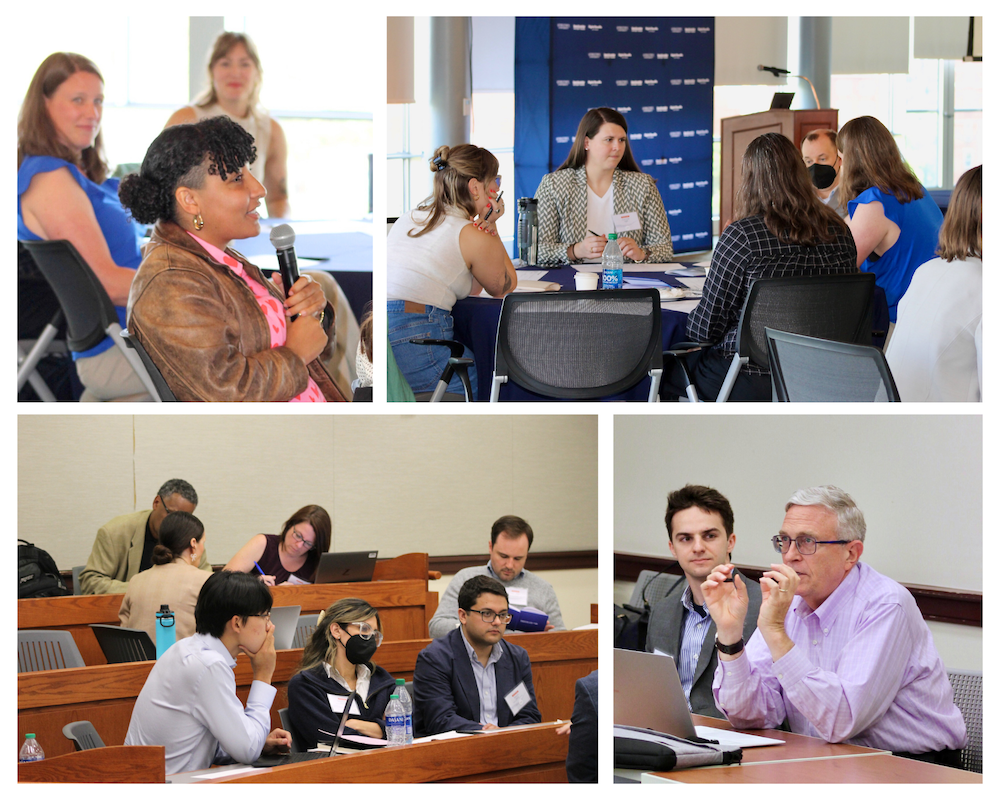
Reaching Beneficiaries
Elisa Zygmunt, deputy chief of innovation and product at the Benefits Data Trust (BDT); Amy Ashida, director at the GSA’s Public Benefits Studio; and Emily Herrick, research and engagement lead at the GSA’s Public Benefits Studio facilitated the Reaching Beneficiaries “Learn Something” session, highlighting strategies to effectively reach beneficiaries, including text messaging and data sharing for cross-program outreach and collaboration. Zygmunt kicked off the session by inviting BenCon participants to consider how they currently use texting and data sharing to reach beneficiaries and potentially eligible groups, and other ways they hope to communicate. Zygmunt shared BDT’s Data Sharing Playbook, a “how-to guide” designed to assist agency staff to plan and deliver data sharing projects, including efforts to analyze enrollment gaps, conduct direct outreach, and facilitate cross-benefit enrollment for eligible individuals. One key area of discussion was the legal considerations to facilitate data sharing including who is sharing data, who is using the data, what type of data is being shared, and the purpose of the data sharing, as well as how to review federal privacy laws, benefits specific federal laws, medium specific federal laws, and state specific laws.
Ashida and Herrick then transitioned to applying data sharing to improve communication with beneficiaries and potentially eligible groups, specifically through text messaging. Building from the question, “How can we build relationships of trust?” Ashida and Herrick explored how text messaging can offer “just-in-time” communication, to improve families’ experiences. They shared the U.S. Notify pilot opportunity, which offers states an open source, federally vetted technology for text messaging. They also outlined the key elements of a “texting charter,” which can help clarify desired outcomes, identify and onboard key stakeholders, solidify data and consent practices, and other key questions. Participants also had the opportunity to workshop their own charter during the session in order to work through a pilot campaign for cross-program enrollment and beneficiary notices.
Procurement
The Procurement “Build Something” session was facilitated by Beeck Center Fellows Dominic Campbell and Kirsten Wyatt, and delved into procurement challenges and opportunities. Early in the session Campbell and Wyatt invited participants to share their “procurement nightmares” before exploring ways to enhance the process. Campbell emphasized that procurement should be viewed as a design process aimed at solving problems rather than a single purchase. The session presented the nuances between product and design definitions in digital development and suggested solutions for risk mitigation including breaking down complex systems, using prototypes, facilitating tools for shared understanding, and not reinventing code and design standards.
Audience reflections touched upon mindset issues, the need for better metrics and measurements, and the challenges of the non-iterative nature of procurement. The discussion also explored alternatives such as piggybacking off existing contracts, creating generic contracts, and providing toolkit templates as public goods for state governments. The session concluded with a focus on de-risking agile procurement and the success of a consortium-driven procurement model in the WIC (Women, Infants, and Children) program.
What’s Next?
The DBN team is grateful to everyone who spent these productive days in community together. This was the first of our in person gatherings, but certainly not the last. We look forward to sharing more opportunities in the future.
“Incomparable learning community from which to understand best practices and where the space is heading.” – BenCon Participant
Many of the activities, conversations, and experiences were the first in a prototype. We’re looking forward to building on how to expand these resources to additional audiences through workshops, tools, and additional research. Please get in touch with us at digitalgovhub@georgetown.edu if you’re interested in collaborating or contributing.

